France, like most European countries, is not known for its exotic and dangerous animals. However, some generally unknown insects or everyday insects are not harmless. So, tourists from far away and locals, beware of these dangerous insects and animals that can be found in France.
Scolopendre
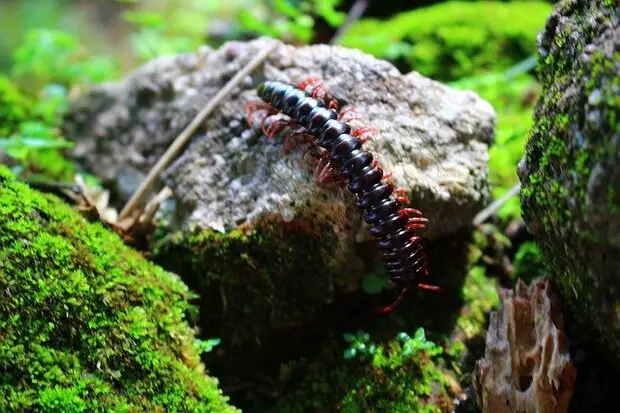
Mostly found in the south of France, the woodlouse is a member of the same family as millipedes and sowbugs.
The scolopendre measures up to 10 cm in France and can measure more than 40 cm in tropical countries. It can have more than 50 pairs of legs and has the ability to see from both ends.
However, even if they are shy, scolopendras can bite when they feel in danger. The bites are painful but not fatal.
Asian Hornet
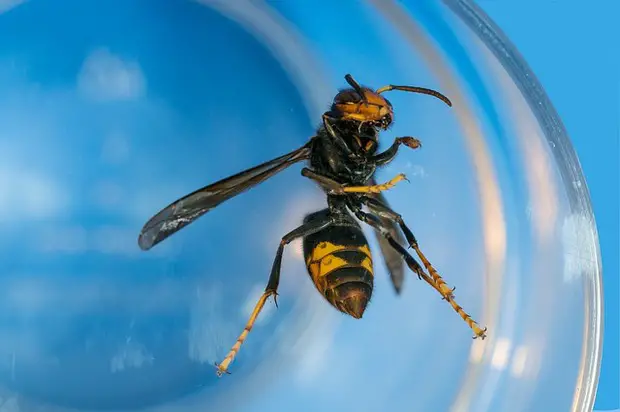
The Asian hornet is an invasive hornet whose presence in France was reported in 2006 in the Lot-et-Garonne.
This hornet measures about 3 cm. It has yellow legs and a brown body, unlike the European hornets.
The stings of this hornet are not fatal but very painful. With the exception of multiple stings, stings in mucous membranes and stings on an allergic person, they do not cause any medical complications.
Ticks
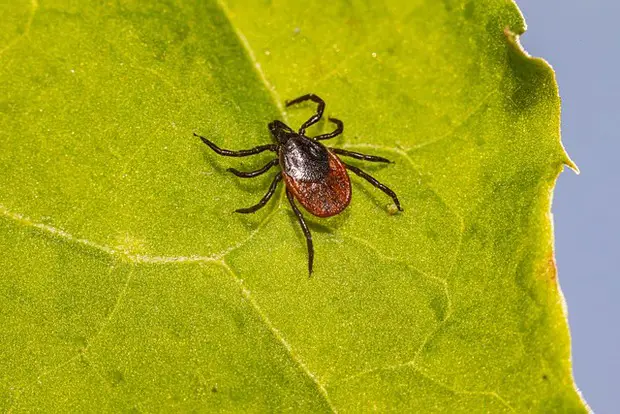
Ticks, these parasitic mites, gorge themselves on the blood of their hosts. They can thus transmit numerous bacteria such as Lyme disease (link in french).
Ticks are most often found in humid and wooded areas, in tall grass meadows…
Red ant
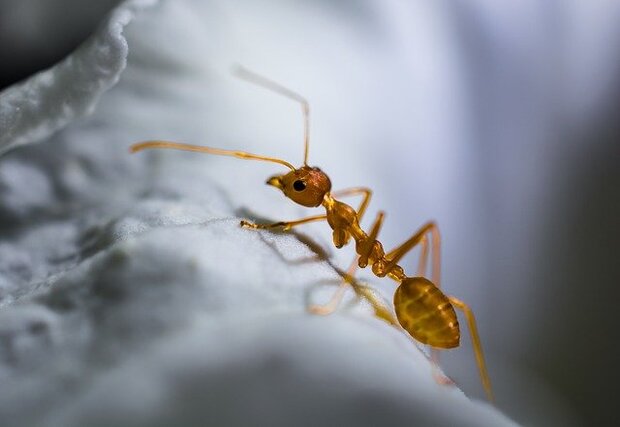
The red ant is present throughout France, in gardens, in the woods, under the ground… However, it should not be confused with the North American “fire ant”.
The red ants of Europe do not measure more than 5 mm. Its bites are not fatal but are painful because of their venom.
Mosquito
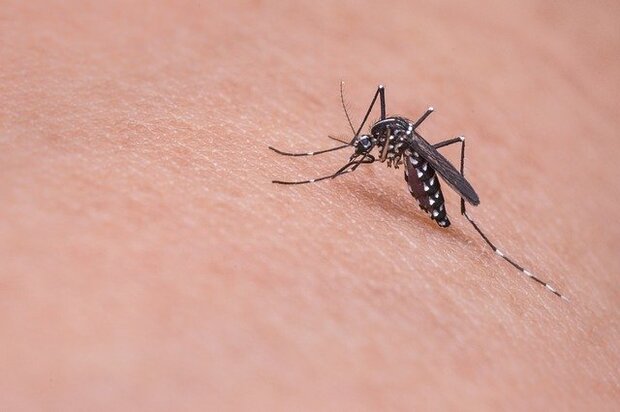
Mosquitoes are known by all for their bites during the summer. This insect is present in urban areas, forests, savannahs, freshwater… And lays its eggs in stagnant water.
It is known to transmit dangerous diseases in tropical areas of the planet. Unfortunately, the tiger mosquito arrived in France a few years ago, and it can carry viruses such as chikungunya, dengue or zika.
Black widow
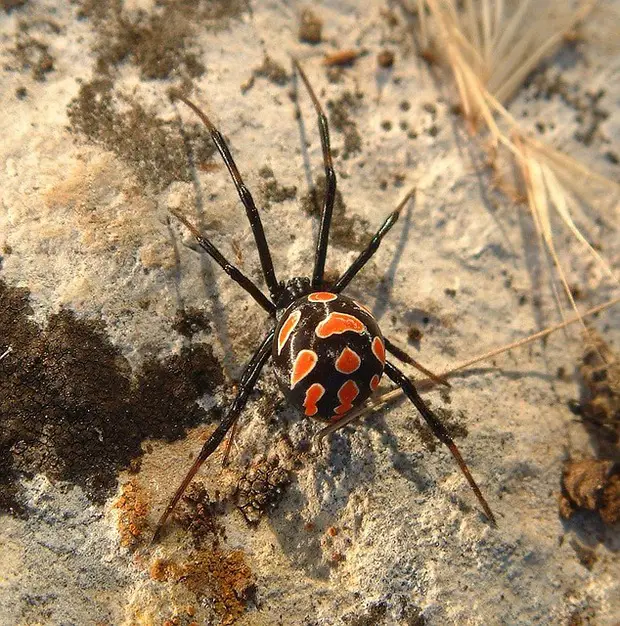
The black widow is a species of red and black spiders, their body can measure from 7 to 15mm. After a bite, if the victim is treated quickly, fatal cases are very rare.
Originating from North America, this spider is usually present in rather exotic regions. However, in France a population of black widows has been discovered in Hérault, in Provence.
Processionary caterpillars
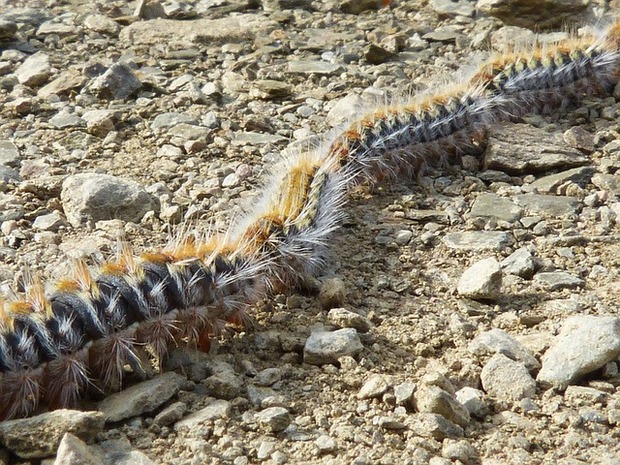
Pine caterpillars arrived in France a few years ago, they infested the country quickly because of the slow disappearance of its predators: bats and some insectivorous birds.
After its hatching during the summer, the caterpillar measures 40mm long, it is of a brown and black color with red spots. Its body is hairy with stinging and allergenic bristles. Its nests are found on pines, oaks and cedars.
In addition to weakening the tree, the caterpillars’ hairs and even empty nests cause allergic reactions. In case of contact, respiratory and ocular damage in humans and animals can occur.
Viper
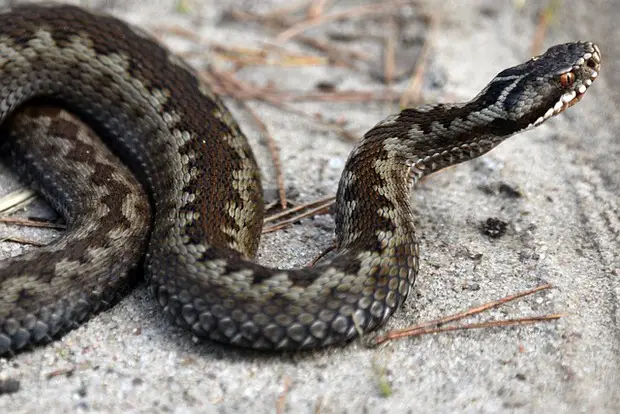
The viper is a snake of less than 70 cm long. It is present everywhere in France in forests and meadows and comes out mainly in the evening and at night during the summer.
Viper bites are painful but are rarely fatal when taken care of quickly.
Bites are very rare because vipers are skittish. If you are walking in fields, meadows or forests, you just have to walk with your feet stamping a little to make them run away. And thus avoid a defensive bite for having walked on them by mistake.
Jellyfish
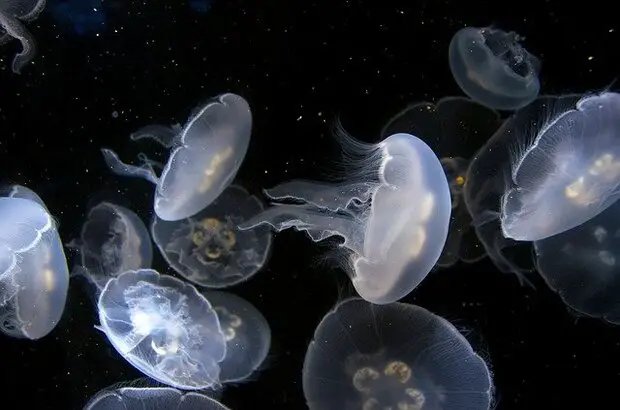
Jellyfish, especially present in tropical countries, are feared because of their painful and sometimes dangerous stings. But some species of jellyfish are proliferating in France more and more because of water pollution.
These jellyfish are impressive. Often transparent, they have a hat and stinging tentacles.
The species that are often found in France are moon jellyfish, pelagic jellyfish and strayed jellyfish. Their stings cause burning sensations and irritations but do not present any real danger.
Physalia
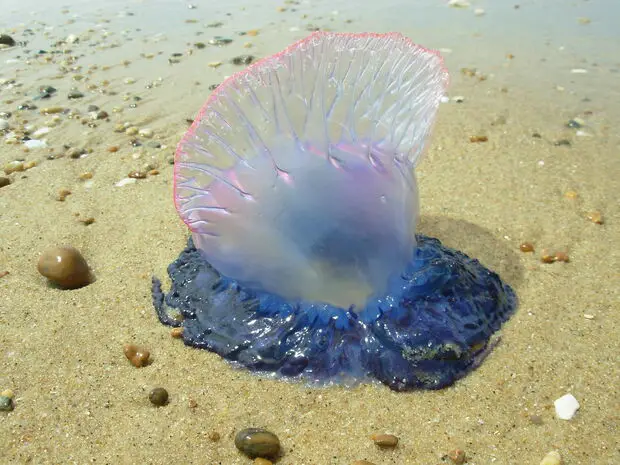
These slimy fish have almost the appearance of a jellyfish, they are nicknamed “false jellyfish”.
These pretty water flowers have long stinging filaments that cause burns. But only 10% of the cases of burns are serious causing loss of consciousness, breathing difficulties or vomiting.
The physalies cannot direct themselves so they let themselves be carried by the wind and tides. They often run aground by hundreds on the beaches of southern France.
Whitefish
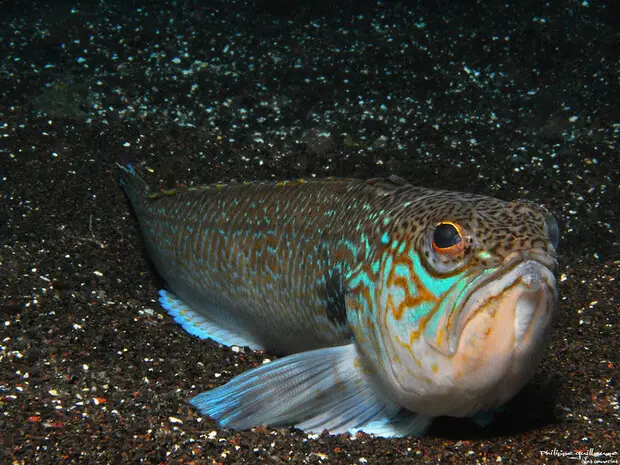
The snapper is a fish which is most often buried in the sand at shallow depths along the French coast.
Bathers may be stung by walking on them. Even if they are not deadly or dangerous, the bites of a livebait can be very painful. The body’s reaction to the pain is often associated with nausea, palpitations, fever…
Wild boar
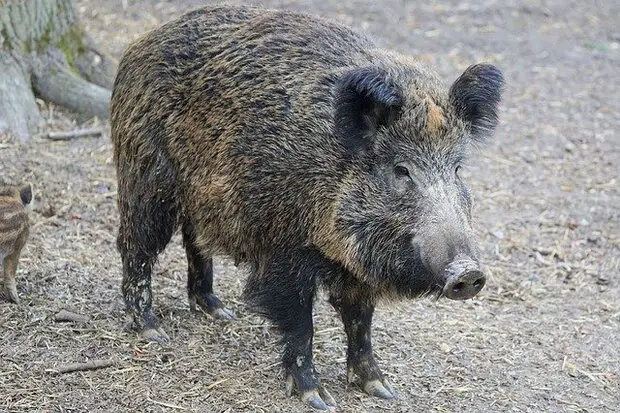
Present mainly in Europe, the wild boar is a forest species of omnivorous mammal. It is considered the ancestor of the pig.
The wild boar is mostly known to be hunted in the forests. However, it is often feared by humans because the boar is afraid of them. The female boar (which can weigh up to 80kg) may charge humans to protect her young from danger. In this situation, it is advisable to climb up a tree.
The wild boar can also be dangerous on the road. It causes many car accidents (about a hundred a day during the hunting season), because of its great weight, it is resistant and is often present in forests at the edge of the roads.
Brown bear
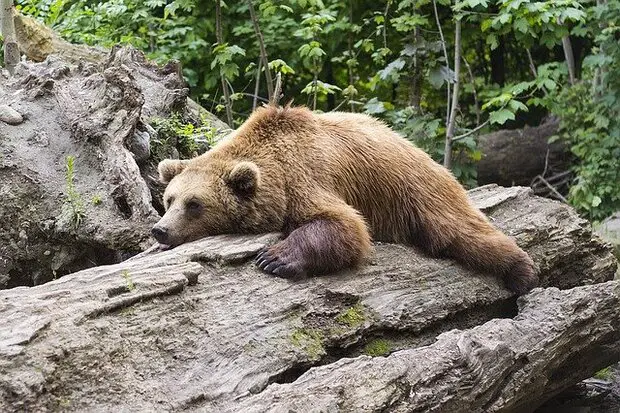
The brown bear has been present in the Pyrenees for thousands of years. They are endangered and highly protected.
When walking in the mountains or in the forest, it is very rare to come face to face with a brown bear. There are only 64 reintroduced bears in the Pyrenees, and since their reintroduction in 1996, they have not caused any victims.
Bears are not usually dangerous, but if they are afraid or feel in danger they can attack or chase people. They are more dangerous to animals than to humans.
I aim to share my tips and recommendations for the beautiful country of France. My goal is to help you plan your next adventure, whether it’s a weekend getaway or a once-in-a-lifetime trip. From finding the best hotels and restaurants, to discovering unique activities and sights, I’ve got you covered!




